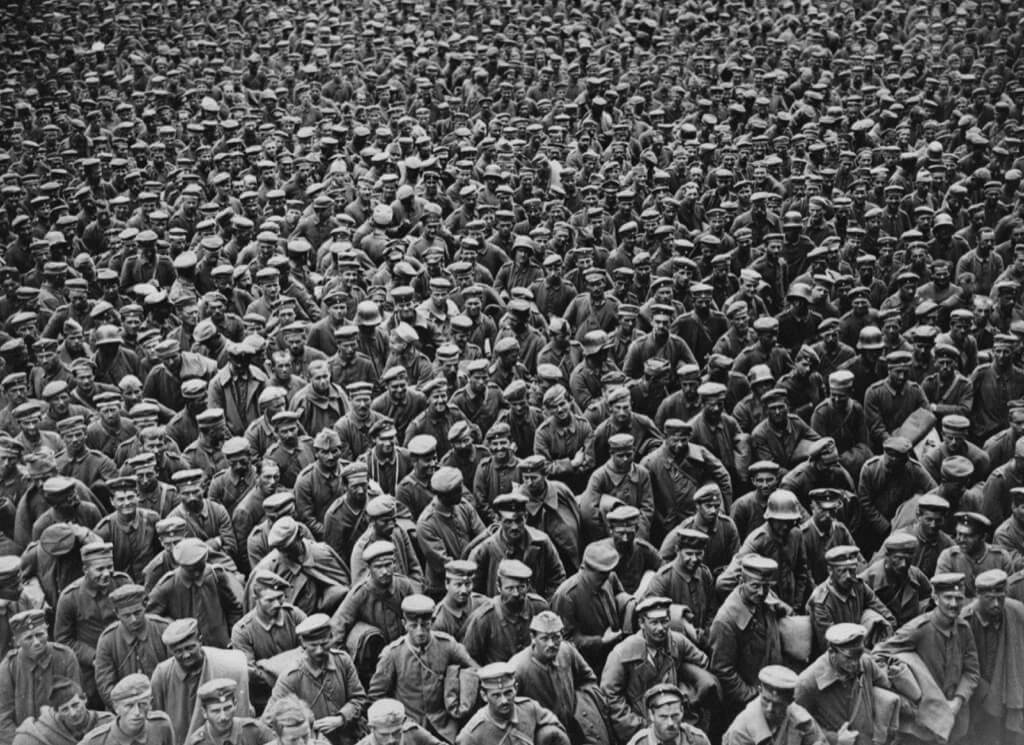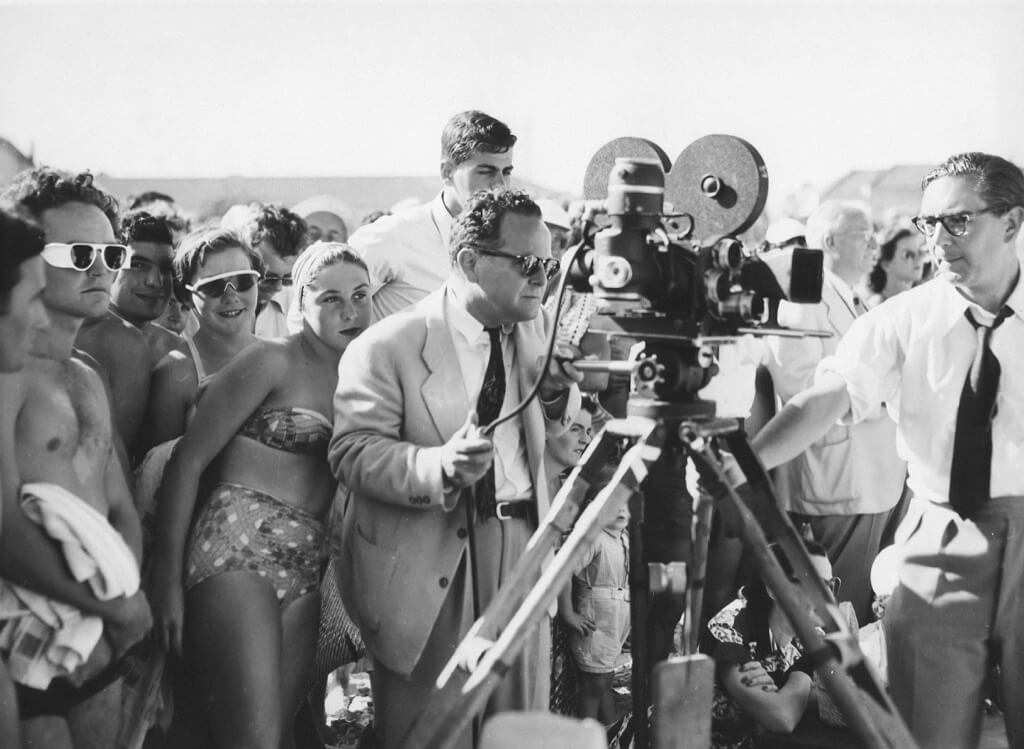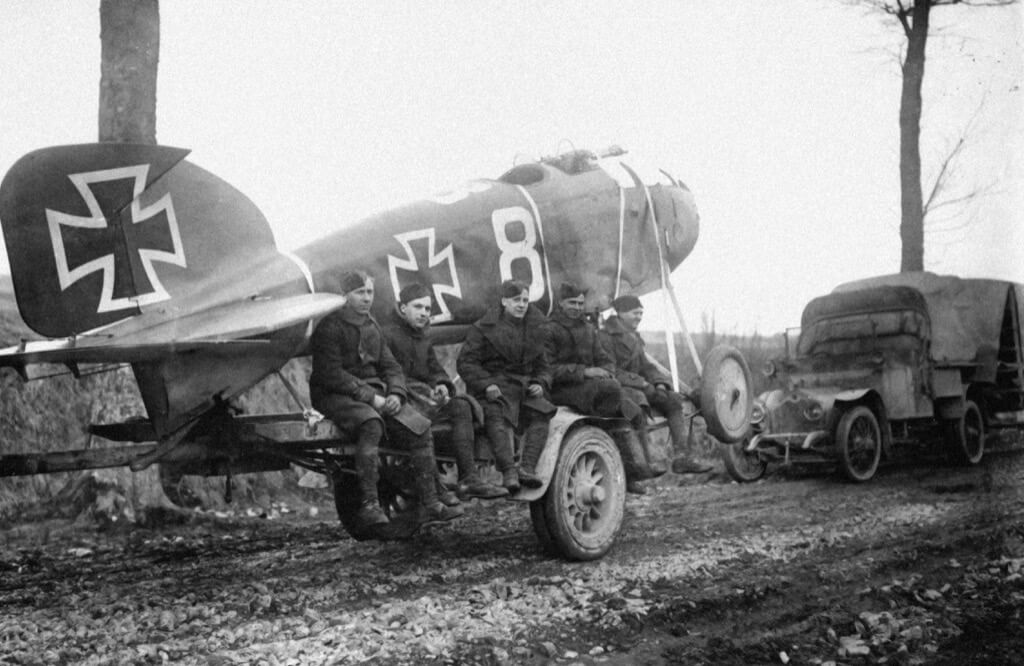Military helicopters, valued at millions of dollars each, are not just feats of engineering but also crucial military assets, particularly for rescue operations. Their importance was dramatically highlighted during Operation Frequent Wind, part of the final phase of evacuations in the Vietnam War.
Operation Frequent Wind, marking the end of the Vietnam War, is noted for being one of the largest military evacuations and the most extensive helicopter-based evacuation in history. Over 7,000 people were evacuated in about 18 hours, showcasing a logistical triumph for the U.S. military.
Interestingly, using helicopters as the primary evacuation method in Operation Frequent Wind was never the original plan. It was, in fact, a contingency plan – the backup to the backup to the backup. The initial strategy involved using commercial and military aircraft to evacuate an estimated 2 million people.
The initial plans faced various obstacles, leading to significant changes in the evacuation strategy. The final, desperate approach involved using helicopters to transport people to offshore ships, drastically reducing the number of people who could be evacuated compared to the original plans.
A key factor in resorting to helicopter evacuation was the decision of Graham Anderson Martin, the American ambassador to South Vietnam. His reluctance to initiate an evacuation, hoping to avoid mass panic and relying on American military strength, significantly impacted the operation. Only after the bombing of the Tan Son Nhut Air Base, which eliminated the possibility of large aircraft evacuations, did Martin agree to the helicopter-based plan.
The Strategic Role of Helicopters in Vietnam War Operations
Helicopters played an invaluable role in the Vietnam War, revolutionizing modern warfare with their versatility. They were employed for a variety of critical purposes, including air assault, troop transport, medical evacuation, and close air support. The adaptability of helicopters like the Huey significantly contributed to their continued use in military operations today. Their importance was highlighted in the high-stakes situations of the Vietnam War, where rapid transportation and efficient support were crucial for battlefield success.
The Human Cost of Helicopter Warfare in Vietnam
The Vietnam War’s heavy reliance on helicopters also came with a significant human cost. Over 4,800 helicopter pilots and crew members were killed in action, a stark reminder of the dangers of aerial warfare. The sacrifices of these individuals are commemorated, with many laid to rest at Arlington National Cemetery. This aspect of the war underscores the personal risks undertaken by those operating these critical machines in hostile environments.
Changing the Dynamics of Modern Warfare
The introduction and extensive use of helicopters in the Vietnam War marked a pivotal change in warfare tactics. These machines not only provided rapid troop transportation but also evolved into deadly weapons platforms. They played vital roles in logistical operations, search and rescue missions, and medical evacuations, greatly enhancing the efficiency and response capabilities of military forces. The evolution of helicopter warfare during this period set the stage for future military strategies and operations, establishing the helicopter as a fundamental asset in modern combat scenarios.
Bonus Facts
- During the Vietnam War, helicopters were not just for combat; they also served as crucial lifelines, evacuating over 900,000 injured personnel, which significantly increased survival rates compared to previous conflicts.
- Helicopters in Vietnam were among the first to use night vision technology, enhancing their effectiveness in night operations and setting a precedent for future military equipment development.
- The Vietnam War saw the first widespread use of helicopters as ambulances, a practice that has since become a standard in both military and civilian emergency services.
- The 1st Cavalry Division, Airmobile was the first full military unit in the U.S. Army that completely relied on helicopters for transport and combat, revolutionizing how wars were fought.
- Many of the helicopter pilots and crew in Vietnam were very young, often in their early twenties, highlighting the youthfulness of those who played critical roles in the war.
- The Vietnam War saw the birth of the helicopter gunship, a new type of warfare vehicle equipped with heavy armaments, including machine guns and rockets, specifically designed for combat roles.
- The distinctive “whop-whop” sound of the UH-1 Huey’s rotor blades became one of the most recognizable sounds of the Vietnam War, symbolizing both hope and fear for soldiers and civilians alike.
- Helicopters in Vietnam were used for a wide array of missions beyond combat, including psychological operations where they dropped leaflets and played loud music or messages to influence enemy morale.
- The helicopters’ vital roles came at a high cost, with nearly 12,000 helicopters serving in the war and over 5,000 destroyed, reflecting the intense and dangerous nature of their missions.
- The Vietnam War led to the development of new aerial combat tactics using helicopters, including the use of decoy flights and the creation of new formation flying techniques to increase effectiveness and reduce casualties.
Ethical Implications of Resource Allocation in Military Operations
The decision to dispose of valuable military assets like helicopters for rescue operations raises ethical questions about resource allocation. This incident opened a debate on the prioritization of human life over significant military equipment, especially in a combat zone. It challenges the traditional views on the expendability of military resources in life-saving scenarios, questioning whether the cost of such actions can be justified by the lives saved.
The Psychological Impact on Military Personnel Involved in Rescue Missions
The psychological effects on Marines who participated in such intense rescue missions, including disposing of helicopters, are a topic worth exploring. These situations often involve split-second decisions with lifelong impacts. Understanding the mental toll on soldiers who face moral dilemmas in combat can provide insights into the complexities of decision-making in war zones and the long-term effects on veterans’ mental health.
Strategic Consequences of Equipment Loss in Warzones
The strategic implications of losing millions of dollars worth of helicopters in an operation like Operation Frequent Wind are significant. Such losses can impact the military’s operational capabilities in the short term and have long-term effects on military strategy and budgeting. This topic examines how the disposal of crucial assets affects military readiness and the broader implications for ongoing and future operations.
Evolution of Search and Rescue Tactics in Modern Warfare
This incident exemplifies how search and rescue tactics have evolved in modern warfare, particularly in unconventional or rapidly deteriorating situations. Analyzing how military strategies have adapted to prioritize human life, often at great cost, can shed light on the changing nature of warfare and the increasing importance placed on humanitarian aspects in military operations.
Role of Media and Public Perception in Military Decision Making
The public and media perception of military operations, especially those involving significant sacrifices for humanitarian reasons, greatly influences military and political decision-making. This topic delves into how high-profile incidents, like the dumping of helicopters for a rescue mission, shape public opinion and, in turn, impact policy and military decisions. It explores the interplay between public relations, media portrayal of military actions, and the strategic decisions made on the ground.
In the remarkable operation where significant military resources were jettisoned for a rescue effort, we observe a unique intersection of military strategy and humanitarianism. This event stands as a testament to the lengths military personnel will go to preserve human life, even amid conflict. It demonstrates the complex decision-making processes in war scenarios, where strategic considerations often intertwine with moral and ethical dilemmas.




